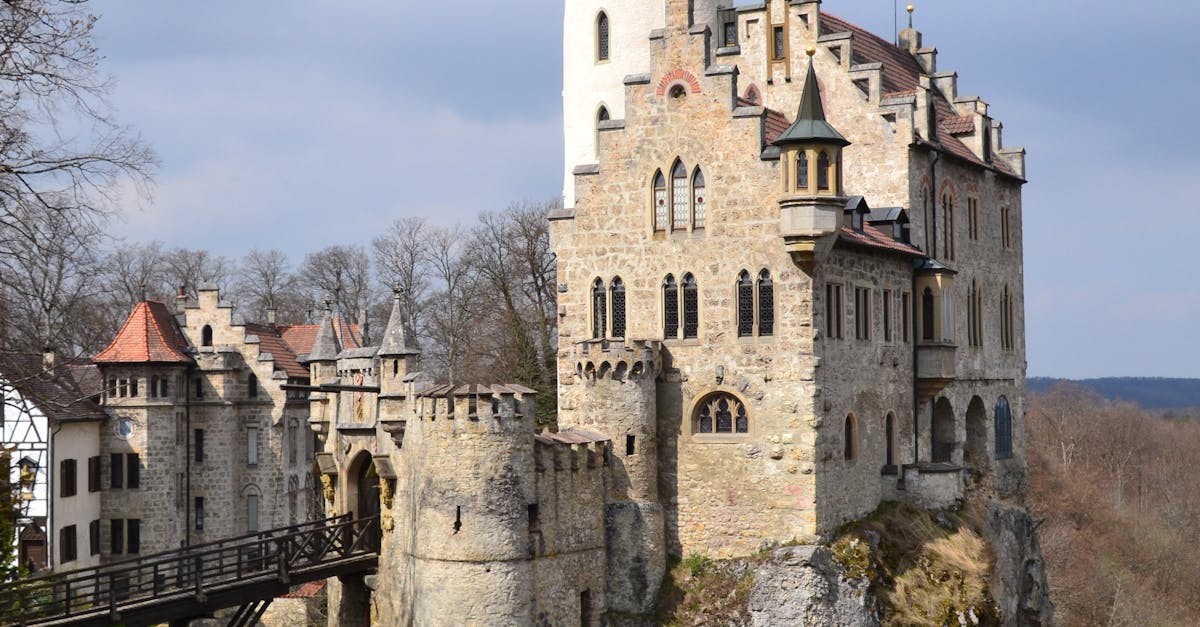
Insulating Your Stone WallProfessional Cleaning Services for Stone Wall Cladding
Adding insulation to your stone wall can significantly enhance its ability to retain heat during the colder months. By utilising materials like foam boards or reflective insulation, you create a barrier that reduces heat loss. This layer prevents cold air from penetrating through the stone, making your home more energy-efficient. Proper installation is crucial to ensure there are no gaps that could compromise the insulation effectiveness.DIY Cleaning Methods for Stone Wall Cladding
It's important to consider the type of insulation that is best suited for your specific stone wall structure. Some materials can cause moisture retention if not properly ventilated. Properly insulated walls not only improve comfort levels inside your home but also contribute to the overall longevity of the stonework. Ensuring that the insulation is compatible with the climate and existing wall conditions will result in a more durable structure.Eco-Friendly Cleaning Solutions for Stone Walls
Benefits of Added Insulation during Cold MonthsBest Practices for Cleaning Stone Wall Cladding
Adding insulation to your stone wall cladding can significantly improve the thermal efficiency of your home. By reducing heat loss, it helps maintain a more consistent indoor temperature during the colder months. Consequently, this can result in lower energy bills as the need for heating decreases. Additionally, insulation acts as a sound barrier, providing a quieter indoor environment, which can be especially beneficial during winter months when windows are typically closed.
water from pooling near its base. If the landscaping is flat or slopes towards the wall, it can lead to significant moisture retention, increasing the risk of damage. Adding gravel or rocks can create a more conducive environment for drainage. This layer also aids in diverting water away from the wall’s surface.
Installing a drainage system, such as perforated pipes or French drains, can significantly reduce the risk of water accumulation. Position these systems close to the wall to capture excess water before it reaches the stone surface. Regular maintenance is necessary to ensure that debris does not block the drainage pathways. This proactive approach will help in managing water flow effectively and preserving the integrity of the stone wall throughout the wetter months.
Evaluating Plant Life Around Your Wall
The presence of vegetation around a stone wall can significantly impact its longevity and performance, particularly during the winter months. Roots from plants can penetrate the crevices in the stone or mortar, potentially causing cracks and structural issues. Additionally, certain plants may trap moisture against the wall, which can lead to the freezing and thawing cycle that damages both the stone and any existing insulation. Assessing the types of plants growing near your wall becomes essential to ensure they don't compromise the structure.
Managing the vegetation around your stone wall involves a careful balance. Trim back overhanging branches and remove any invasive species that could add undue stress to the wall. Consider replacing problematic plants with native species that thrive without needing excessive water. This approach not only supports a healthier wall environment but also cultivates a landscape that is well-suited to your local climate. By taking these steps, you enhance the wall's resilience against winter's harsh conditions.
Managing Vegetation for Better Wall Protection
Overgrown vegetation can trap moisture against your stone wall, which may lead to damage during winter months. Regularly pruning shrubs and trees surrounding the area helps maintain air circulation and reduces humidity levels. This approach not only protects the structural integrity of the wall but also reduces the risk of mould and mildew growth, which thrive in damp conditions.
Creating a clear zone around your wall is essential for preventing root intrusion and minimising the potential for plant-related damage. Consider using gravel or mulch as ground cover, as these materials can help manage water drainage while also discouraging weeds. Selecting plants with shallow root systems further supports this effort, ensuring both aesthetic appeal and wall protection as the colder months approach.
FAQS
How can I insulate my stone wall cladding for winter?
You can insulate your stone wall cladding by adding insulation materials such as foam boards or spray foam behind the cladding. Ensure that the insulation is appropriately fitted to prevent gaps that can lead to heat loss.
What are the benefits of added insulation during cold months?
Added insulation during cold months helps maintain a consistent indoor temperature, reduces heating costs, and prevents moisture buildup that can lead to mould growth. It also enhances the overall comfort of your living space.
How do I ensure proper drainage for my stone wall cladding?
To ensure proper drainage, install drainage systems such as weep holes, gutters, and downspouts. Additionally, make sure the ground around your wall slopes away from it to prevent water accumulation.Terms of Use
What strategies can I use to prevent water accumulation around my stone wall?
To prevent water accumulation, regularly clear debris from drainage areas, check that gutters and downspouts are functioning properly, and consider adding drainage gravel or landscaping to redirect water flow away from the wall.